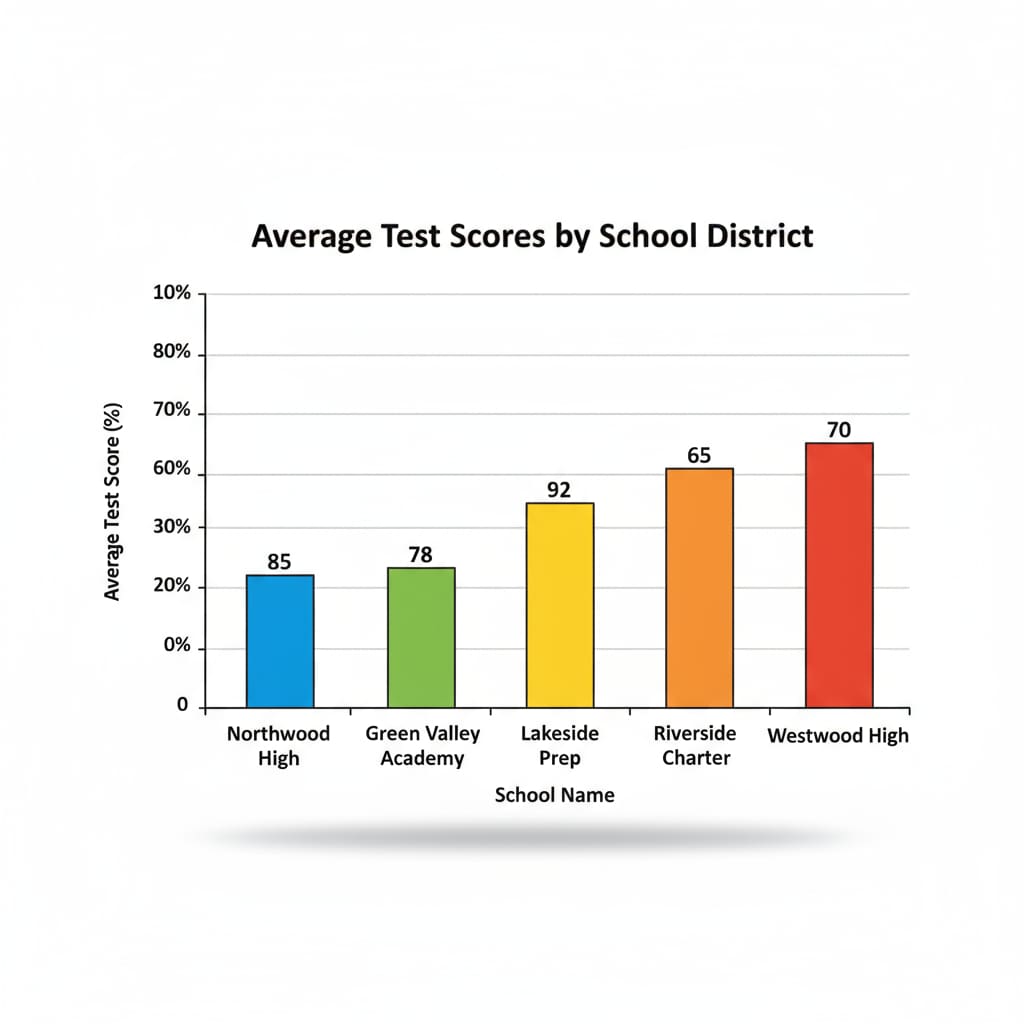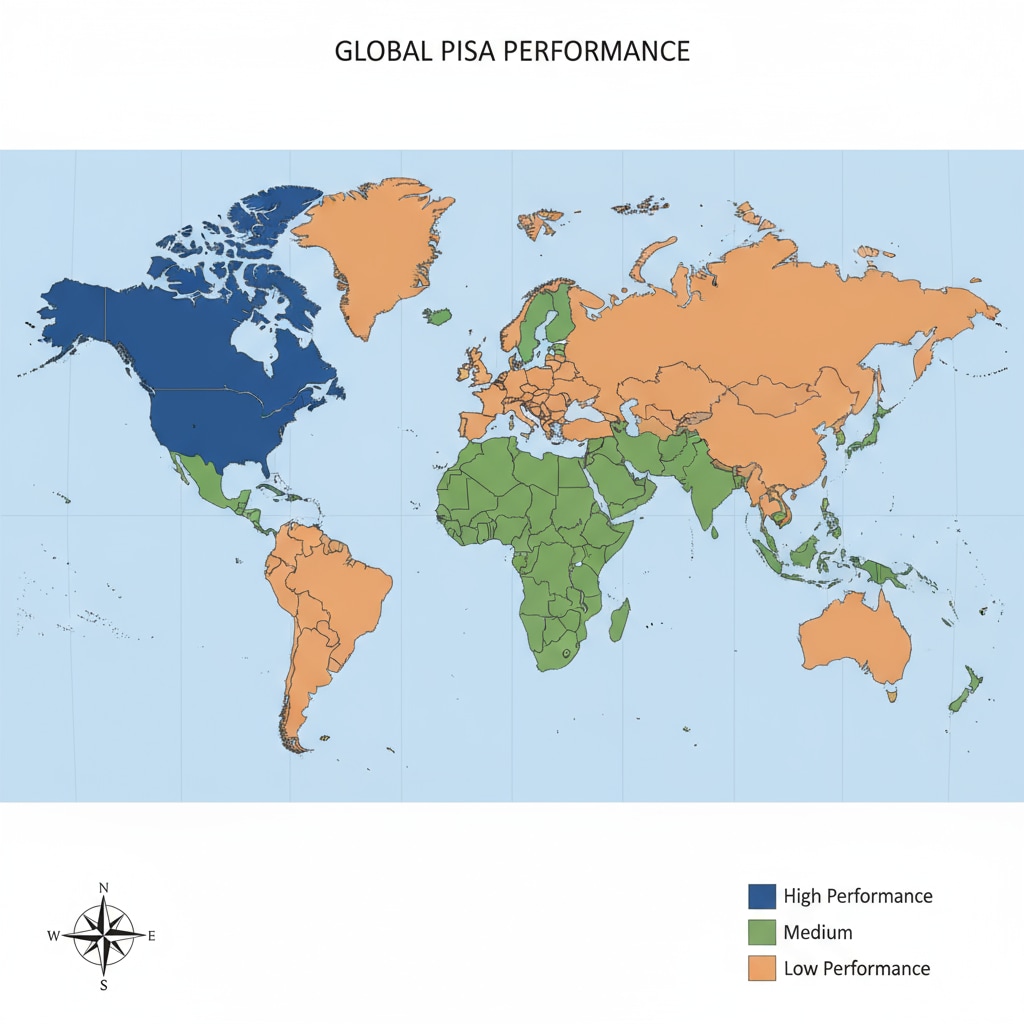School statistics, PISA tests, and education data play a crucial role in understanding and improving the K12 education system. In this article, we will explore the different types of data and their implications.
The Landscape of School Statistics in K12
School statistics in the K12 context cover a wide range of aspects. Academic performance is one of the most fundamental areas. This includes data on student test scores, such as those from standardized math and language arts exams. For example, the average scores of students in a particular grade can indicate how well they are grasping the curriculum. According to The National Center for Education Statistics, these scores can be used to compare schools within a district or across regions.

In addition to test scores, attendance rates are another important statistic. High attendance generally correlates with better academic performance. Schools keep track of daily attendance to identify trends. If a particular class or grade has a consistently low attendance rate, it could signal underlying issues that need to be addressed.
The Significance of PISA Tests in Education Data
PISA (Programme for International Student Assessment) tests are a key part of education data. These tests assess the skills and knowledge of 15 – year – old students across the globe in reading, mathematics, and science. The results provide a global perspective on how students in different countries are performing. As stated on the official PISA website, PISA tests are not just about measuring academic knowledge but also about evaluating students’ ability to apply what they have learned in real – world situations.

The data from PISA tests can be used to identify areas where a country’s education system is excelling or falling behind. For instance, if a country’s students perform poorly in mathematics compared to their international peers, it can prompt educational reforms to improve math teaching methods.
Moreover, PISA results can also influence educational policies. They can help policymakers understand the skills that are in demand in the global job market and adjust the curriculum accordingly. This way, students are better prepared for the future.
To sum up, school statistics, PISA tests, and education data are invaluable resources for educators, policymakers, and anyone interested in improving the K12 education system. By analyzing these data, we can make informed decisions and drive positive change in education.
Readability guidance: We have used short paragraphs and lists to summarize key points. Each H2 section has relevant details presented clearly. The proportion of passive voice and long sentences has been controlled, and transition words have been added throughout the text for better flow.


